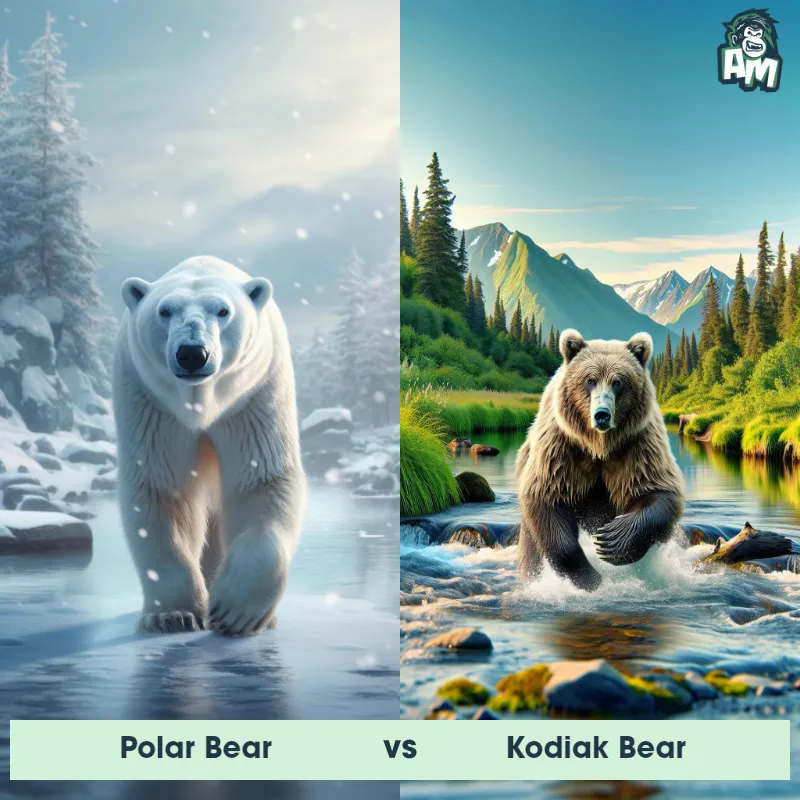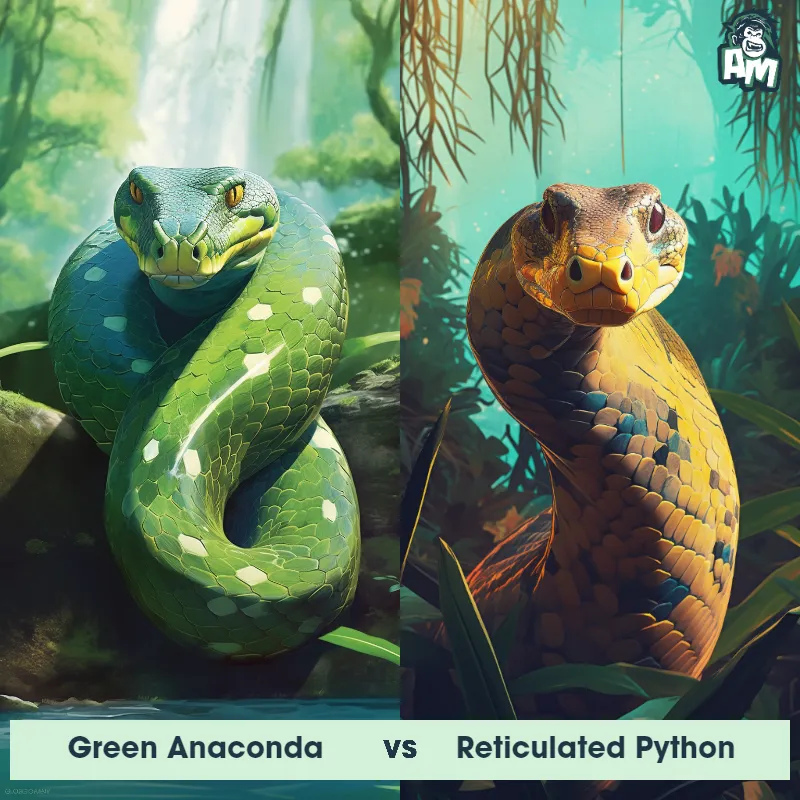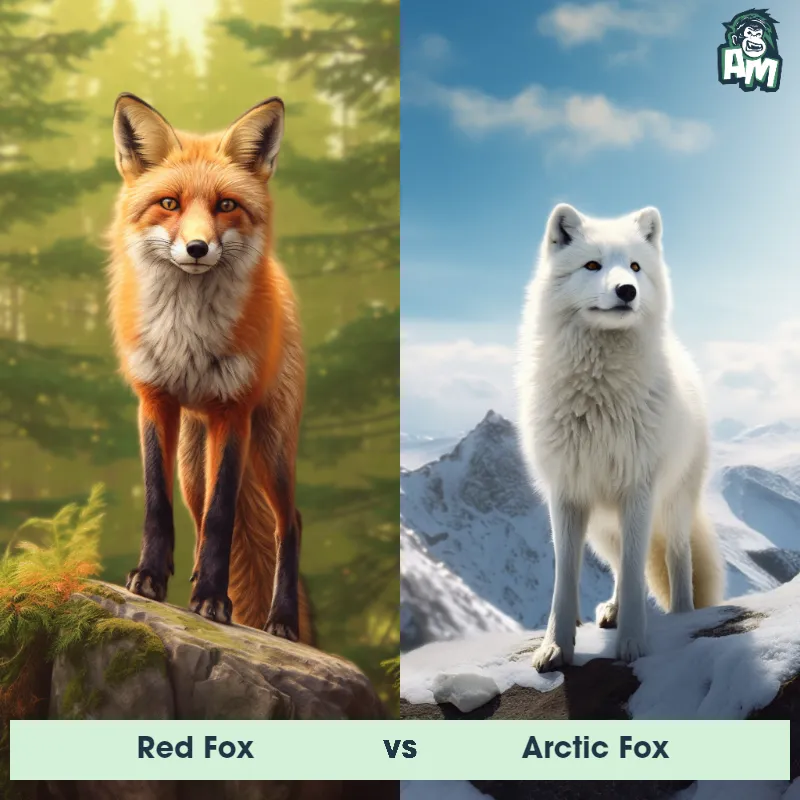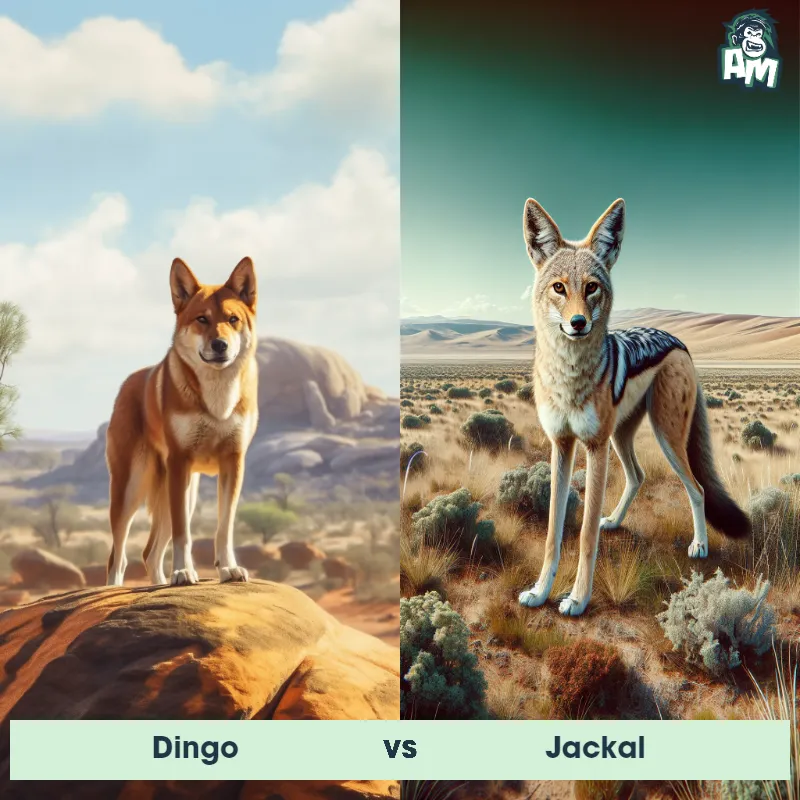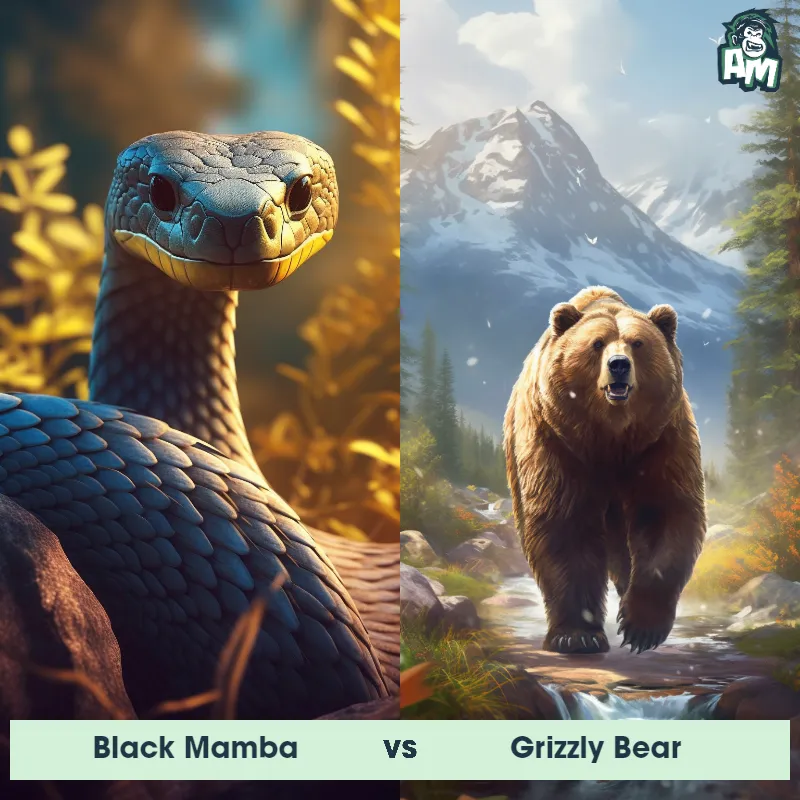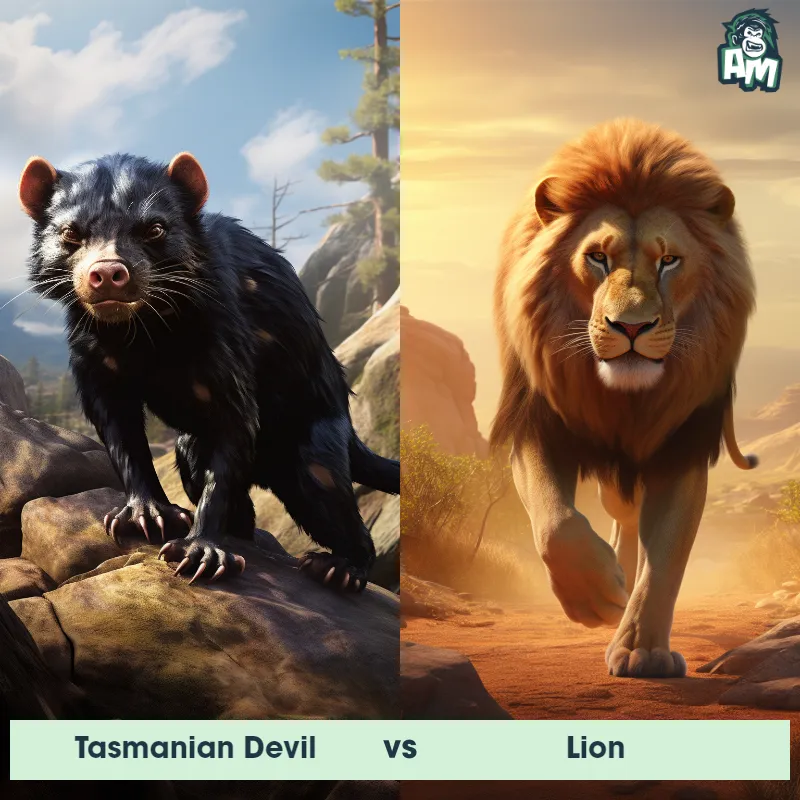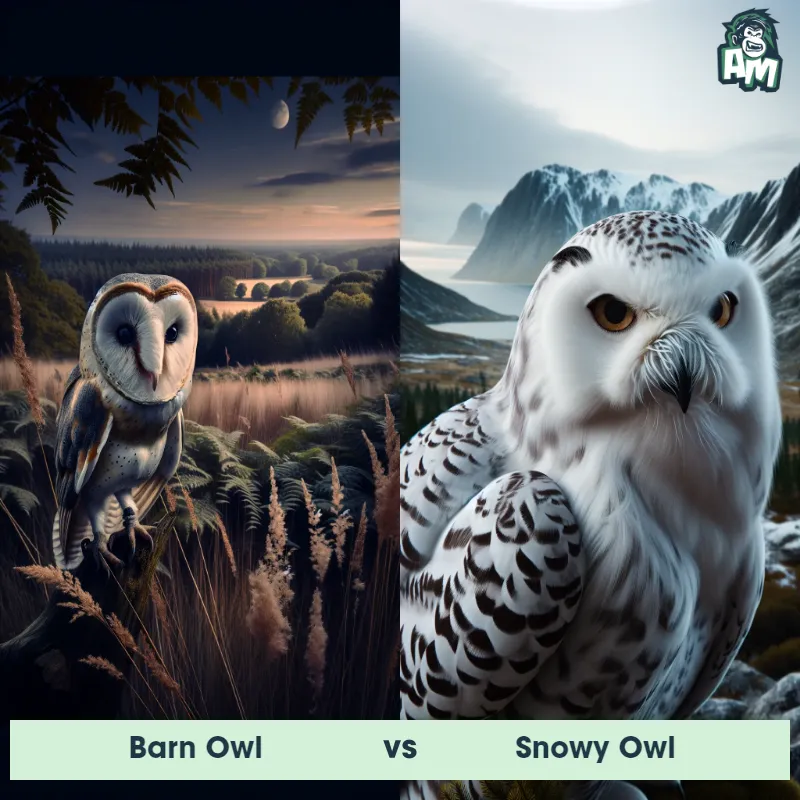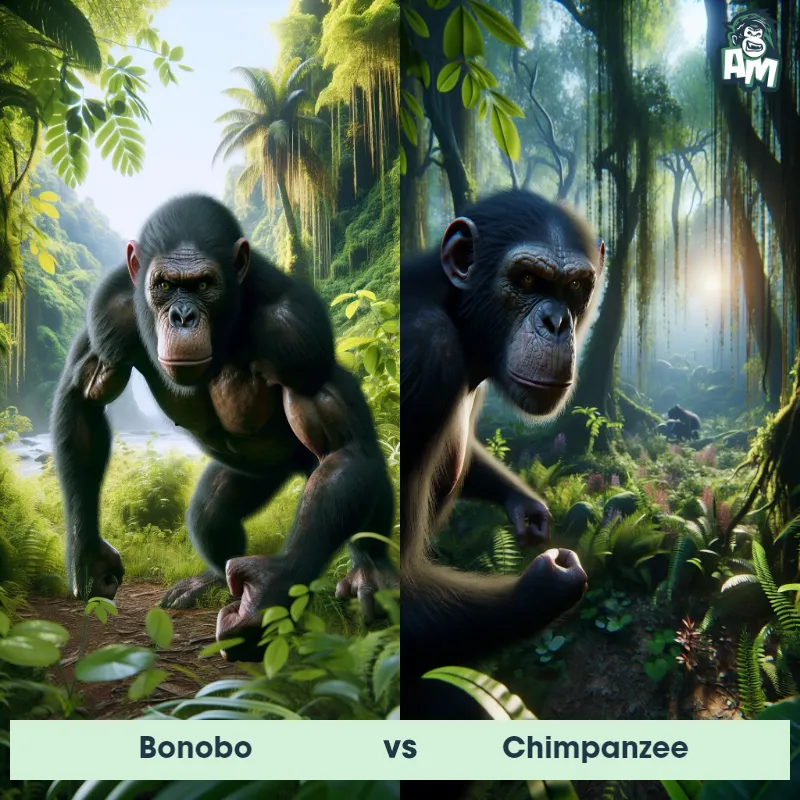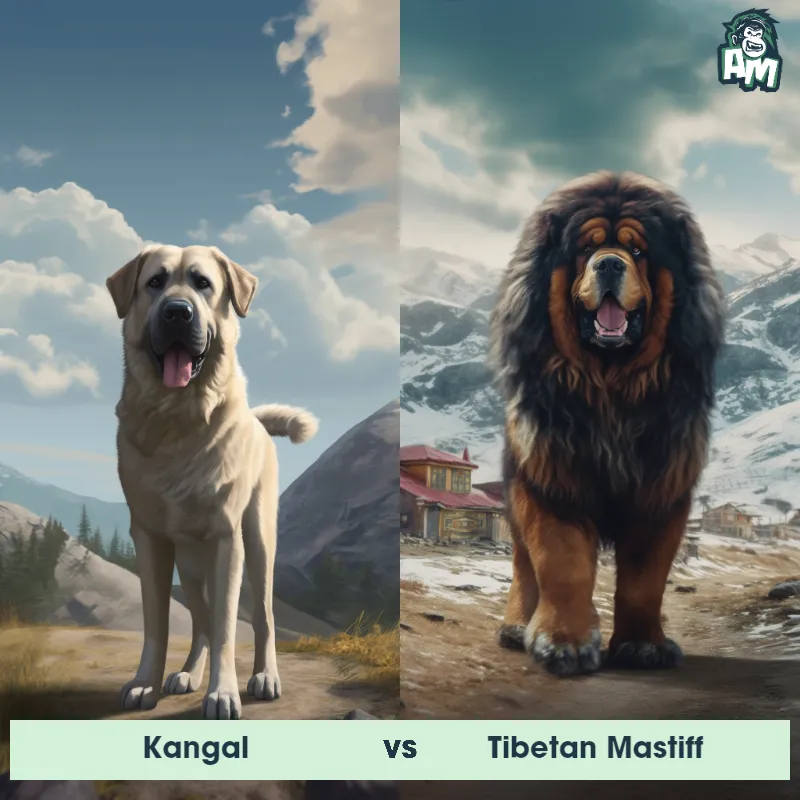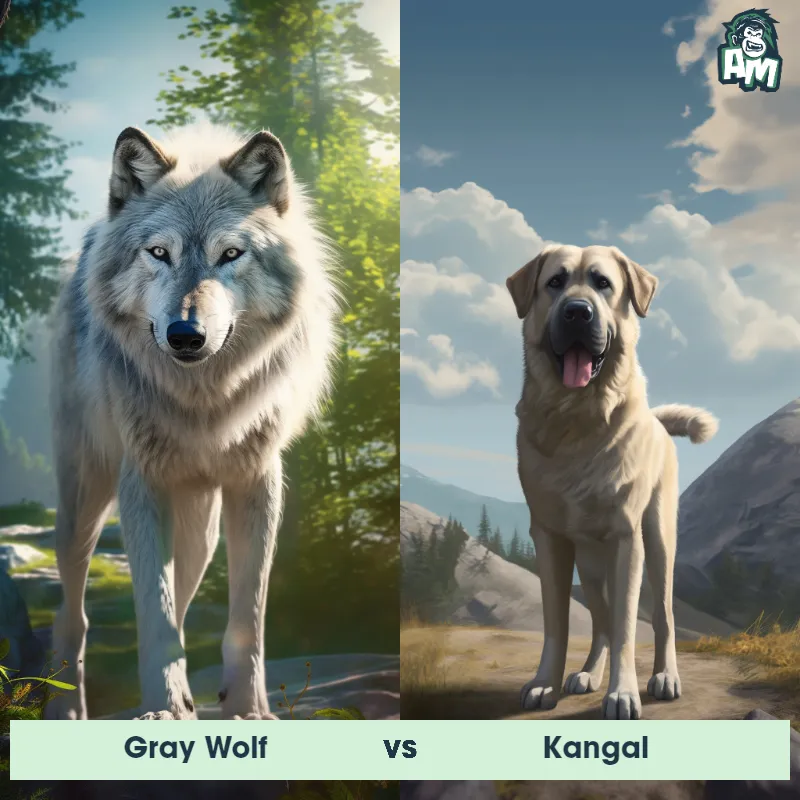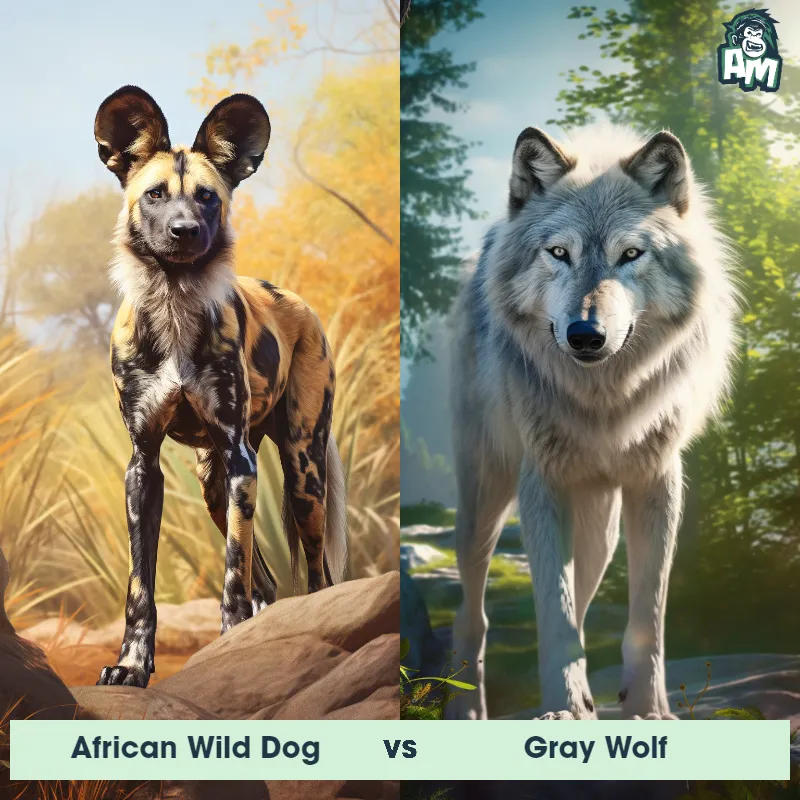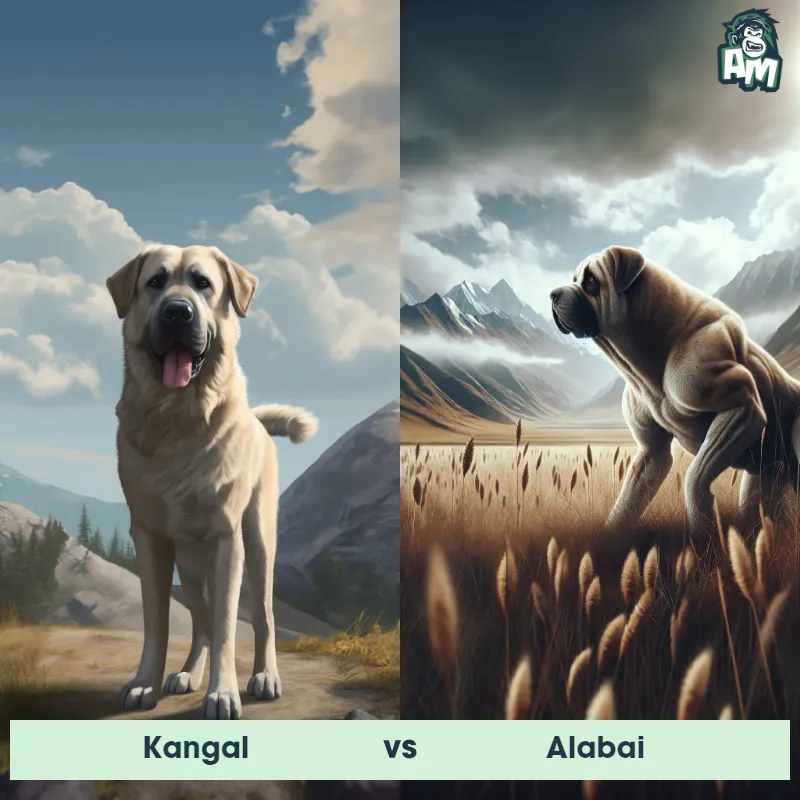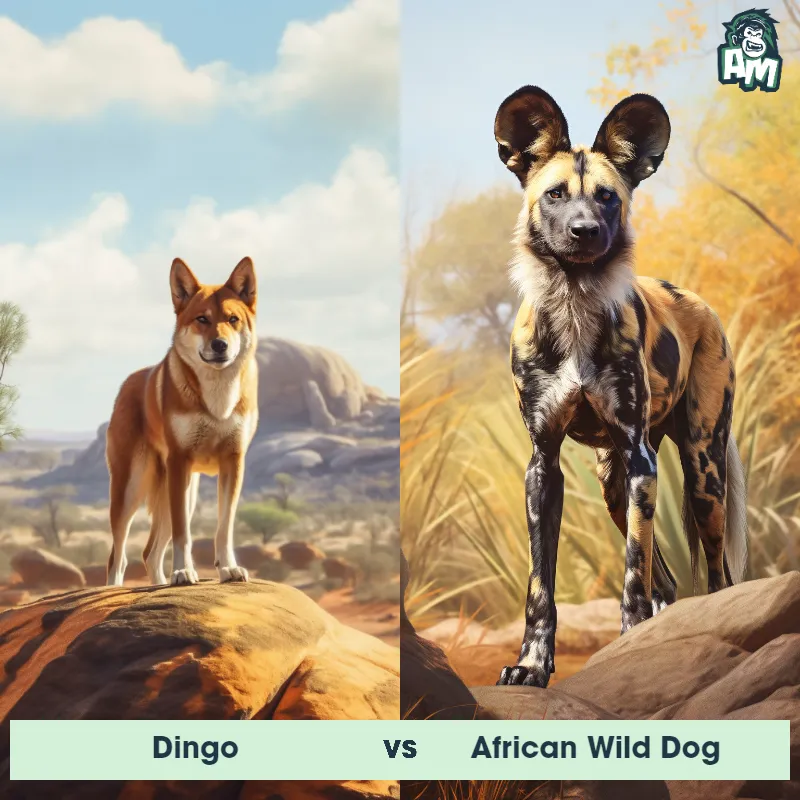Jackal vs LeopardSee Who Wins

Ladies and gentlemen, welcome to this epic battle between two fierce competitors in the animal kingdom. In one corner, we have a Jackal, known for its cunning and speed. And in the opposite corner, we have a Leopard, renowned for its agility and strength. This matchup promises to be a thrilling encounter, so let the battle begin!
Contender 1: Jackal
The Jackal, also known as the Canis aureus, is a medium-sized carnivorous mammal that belongs to the Canidae family. They have a slender body with long legs, a pointed snout, and large ears. Their fur is usually a sandy brown color with a white underbelly, and they have a bushy tail. Jackals are known for their keen sense of smell and excellent hearing, which they use to hunt prey and communicate with other members of their pack.
Fun Fact: Jackals are known for their unique vocalizations, which include a variety of barks, howls, and yelps that they use to communicate with each other.
Contender 2: Leopard
The Leopard is a large and powerful carnivorous mammal that is known for its distinctive coat pattern consisting of rosette-like spots. It has a slender body, muscular limbs, and a long tail, enabling it to be agile and swift. Leopards are primarily nocturnal creatures, preferring to hunt during the cover of darkness. They are highly adaptable and can thrive in a variety of habitats, ranging from dense forests to open grasslands. With exceptional climbing skills, they are capable of dragging their prey up trees to keep it safe from other predators.
Fun Fact: Leopards are incredibly strong and possess immense agility, as they are capable of leaping horizontally up to 6 meters and vertically up to 3 meters, allowing them to ambush their prey from above with precision.
Matchup Stats
| Jackal | Leopard | |
|---|---|---|
| Size | 16-20 inches (40-50 cm) at the shoulder | 24-28 inches (60-71 cm) at the shoulder; 5-6 feet (1.5-1.8 meters) in length |
| Weight | 15-35 pounds (7-16 kg) | 80-160 pounds (36-73 kilograms) |
| Speed | Speed: 35 mph (56.3 km/hr) | 36-37mph (58-60km/h) |
| Key Strength | Speed and agility | Powerful jaw and sharp claws |
| Biggest Weakness | Lack of physical strength | Less endurance compared to some other big cats |
Current Votes
Jackal vs Leopard
See Who Wins
View More Matches
Looking For More?
Similar Matches
Scientific Stats
| Jackal | Leopard | |
|---|---|---|
| Scientific Name | Canis aureus | Panthera pardus |
| Family | Canidae | Felidae |
| Habitat | Various habitats including deserts, grasslands, and forests | Variety of habitats including forests, grasslands, and mountains |
| Geography | Africa, Asia, and southeastern Europe | Africa, parts of Asia |
| Diet | Omnivorous, feeding on small mammals, birds, reptiles, insects, and carrion | Carnivorous, preys on various animals including ungulates, small mammals, birds, and reptiles |
| Lifespan | 10 years - 15 years | 12 years - 17 years |
Key Differences between Jackal and Leopard
- Body shape: Leopards have a more muscular and stocky build, with a larger head and robust limbs, while Jackals have a slender and lean body shape, similar to that of a small dog.
- Habitat: Leopards are primarily found in a wide range of habitats including forests, grasslands, and mountains across Africa and Asia, while Jackals are more habitat-specific and are commonly found in open savannas and deserts of Africa, Asia, and Europe.
- Tail: The Leopard possesses a fairly long and thick tail, measuring up to 3 feet in length, which aids in balance and communication, whereas the Jackal has a shorter and thinner tail.
- Coloration: Leopards display a unique and striking rosette pattern on their fur, which varies from yellow and orange to golden with black spots, while Jackals have a more uniform coloration, typically being tan or sandy in color.
- Size: The Leopard is significantly larger than the Jackal, with adult Leopards measuring around 4.5 to 6.25 feet in length, while Jackals typically range from 24 to 35 inches in length.
- Facial features: Leopards have a well-defined and robust face, with powerful jaws and short rounded ears, while Jackals have a sleeker face, elongated snouts, and larger pointed ears.



